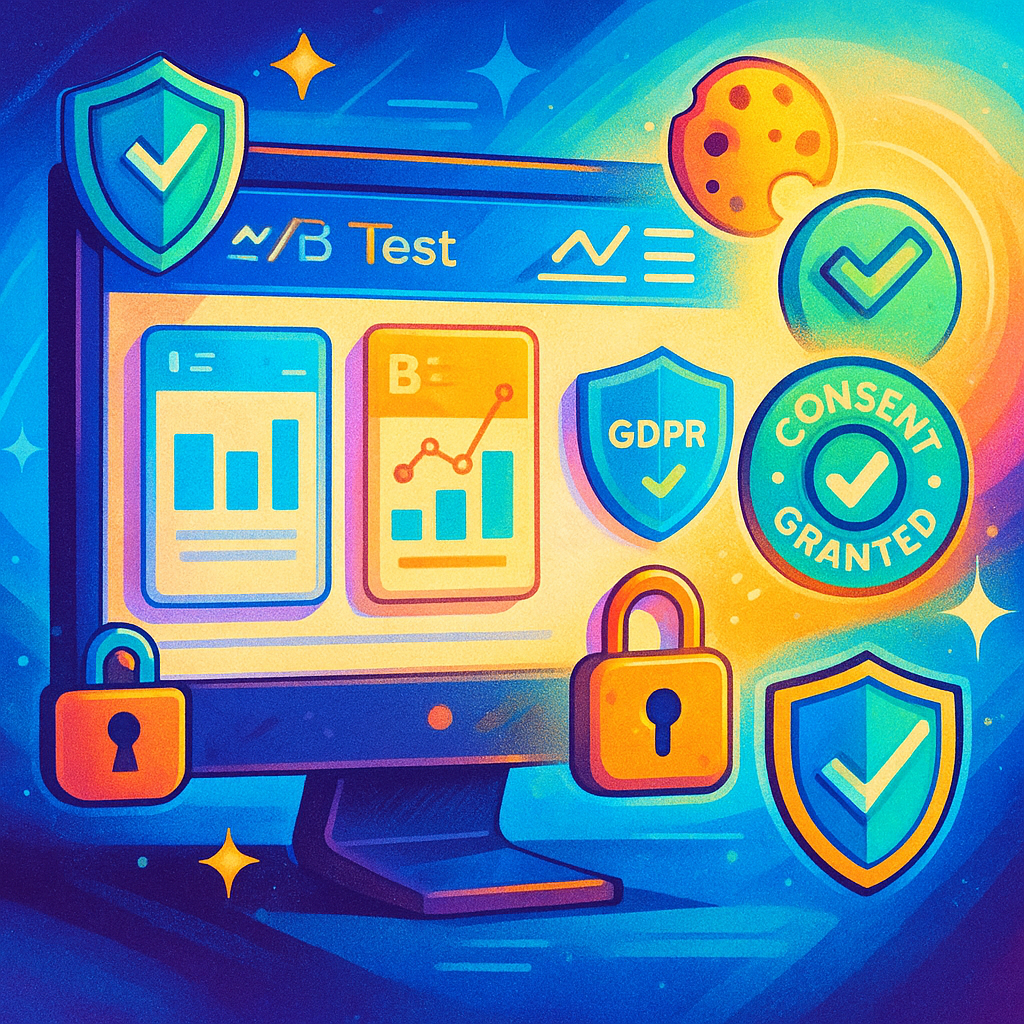Contextual Personas for Edge Devices
by Admin-checker
INDEX
Explore how to run accurate A/B tests in a cookieless world. Learn privacy-first strategies that respect user consent and still drive CRO results.
Date Jul 23, 2025
INDEX

The elimination of third-party cookies transforms the way digital teams execute A/B testing operations. The methods that used cookies for tracking user journeys now face reliability issues and non-compliance problems. The elimination of third-party cookies does not signify the end of experimentation. It means it needs to evolve. This article explains how to conduct privacy-first A/B testing in 2025 through contemporary methods which maintain user privacy while preserving data quality.
Privacy regulations like GDPR, CCPA, and browser policies from Chrome and Safari have led to the deprecation of third-party cookies.
These cookies were often used for persistent user tracking across sessions and variants in A/B tests.
Now, companies need to find new ways to:
The cookieless shift is here—and it’s forcing better, more ethical experimentation.
Privacy-first A/B testing is about designing experiments that are transparent, compliant, and do not rely on personal identifiers or fingerprinting.
It focuses on:
In 2025, privacy is not just a legal checkbox—it’s a UX signal and brand trust factor.

Here are current options to run effective tests without violating privacy:
These methods require better architecture—but unlock deeper trust and compliance.
Some of the practical limitations include:
That’s why experimentation strategies in 2025 must balance statistical rigor with ethical boundaries.
At Boosta, we’ve adapted all our experimentation systems to work in a post-cookie world.
We run tests with:
This allows us to test effectively while maintaining full transparency and legal safety—across regions.

The elimination of third-party cookies marks the start of improved and respectful experimentation methods rather than ending A/B testing. Teams can protect user trust and stay ahead of regulation by using privacy-first methods to test and learn. The future of CRO in 2025 will belong to those who test both smartly and ethically.
Teams use Zapier in boardrooms, spare rooms, and rooms where AI has ROI.